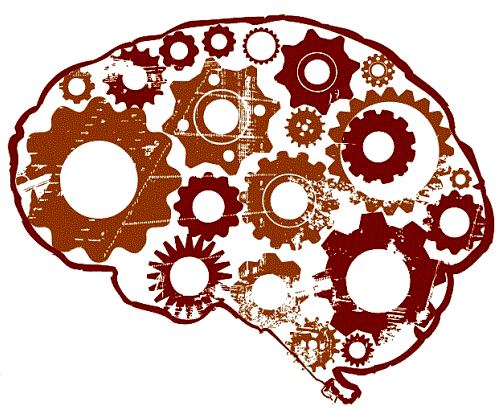Continuous Integration/Continuous Deployment (CI/CD) practices in DevOps gaining popularity for streamlining software development processes: A Deep Dive
Streamlining Software Development with Continuous Integration/Continuous Deployment (CI/CD) in DevOps
In today’s fast-paced and dynamic tech landscape, software development teams are constantly looking for ways to improve efficiency, reduce errors, and deliver high-quality code at a rapid pace. This is where Continuous Integration/Continuous Deployment (CI/CD) practices in DevOps come into play, gaining popularity for streamlining software development processes. In this blog post, we will explore what CI/CD is, its importance in modern software development, how to set it up, technical details, best practices, real-world applications, future trends, and more.
Continuous Integration (CI) is the practice of frequently integrating code changes into a shared repository, where automated builds and tests are run. On the other hand, Continuous Deployment (CD) involves automatically deploying code changes to production servers after passing all tests in the CI phase. Together, CI/CD forms a set of practices aimed at automating the code integration, testing, and deployment process.
CI/CD practices play a crucial role in modern software development for several reasons:
- Accelerated Development: CI/CD pipelines enable developers to deliver new features and updates quickly and efficiently.
- Improved Quality: Automated testing in CI/CD helps catch bugs early in the development cycle, ensuring higher code quality.
- Reduced Errors: By automating the deployment process, the likelihood of human errors during deployment is significantly reduced.
- Consistency: CI/CD ensures that code changes are consistently applied and tested across different environments.
Setting up a CI/CD pipeline involves the following steps:
- Version Control: Use a version control system like Git to manage code changes.
- Build Automation: Set up a build server to automate the compilation and packaging of code.
- Automated Testing: Implement automated unit tests, integration tests, and end-to-end tests.
- Continuous Deployment: Configure deployment scripts to automatically deploy code changes to production.
Here is a basic example of a CI/CD pipeline using Jenkins:
pipeline {
agent any
stages {
stage('Build') {
steps {
sh 'mvn clean package'
}
}
stage('Test') {
steps {
sh 'mvn test'
}
}
stage('Deploy') {
steps {
sh 'kubectl apply -f deployment.yaml'
}
}
}
}
- Infrastructure as Code (IaC): Use tools like Terraform or AWS CloudFormation to define infrastructure in code for consistent environments.
- Containerization: Docker containers play a key role in CI/CD for ensuring consistent environments across development, testing, and production.
- Orchestration: Tools like Kubernetes help orchestrate containerized applications in a scalable and reliable manner.
Best practices for CI/CD implementation include:
- Automate Everything: Automate as much as possible in the development pipeline.
- Monitor Performance: Keep track of build times, test coverage, and deployment success rates.
- Version Control: Maintain a clean and organized version control history to track changes effectively.
Common pitfalls to avoid:
- Lack of Communication: Ensure proper communication among team members to avoid conflicts in code integration.
- Overly Complex Pipelines: Keep CI/CD pipelines simple and easy to understand.
- Insufficient Testing: Neglecting thorough testing can lead to undetected bugs in production.
Companies like Google, Netflix, and Amazon have successfully implemented CI/CD practices to streamline their software development processes. For example, Netflix leverages Spinnaker, an open-source CD tool, to manage deployment pipelines for their microservices architecture.
The future of CI/CD in DevOps is likely to focus on:
- AI/ML Integration: Incorporating AI/ML algorithms for automated testing and deployment optimization.
- Serverless Architectures: Embracing serverless platforms for more efficient and cost-effective deployments.
- GitOps: Integrating Git workflows into CI/CD pipelines for improved version control and traceability.
Continuous Integration/Continuous Deployment practices in DevOps are essential for streamlining software development processes, improving efficiency, and delivering high-quality code at scale. By automating code integration, testing, and deployment, teams can accelerate development cycles, reduce errors, and ensure consistent delivery of software updates. Embracing CI/CD practices is crucial for staying competitive in the ever-evolving tech landscape.
Image Source: Unsplash
References:
